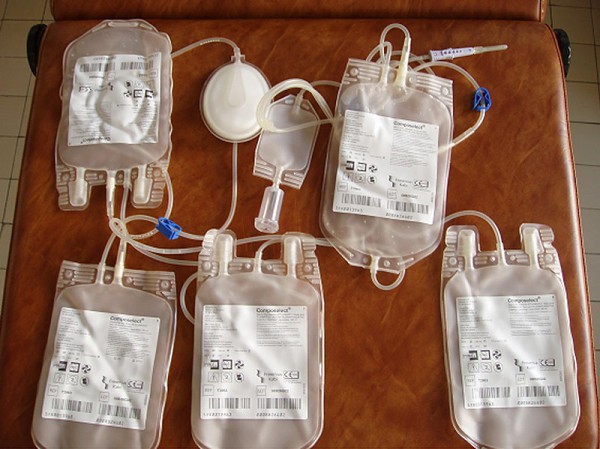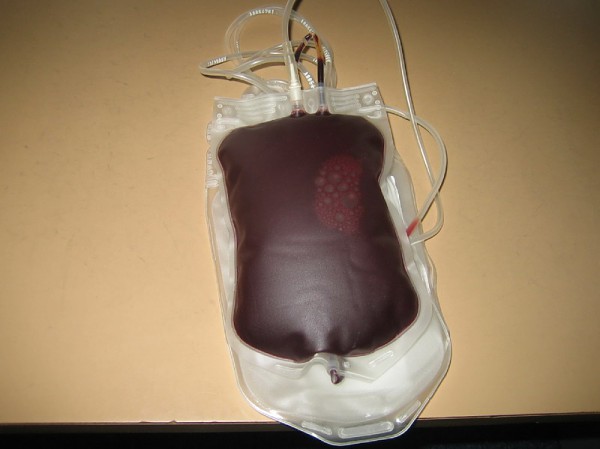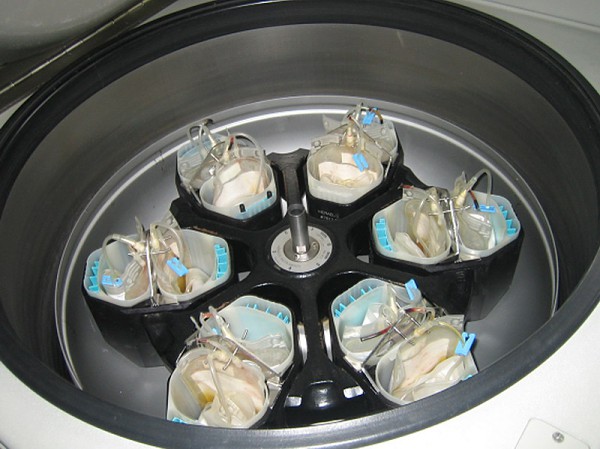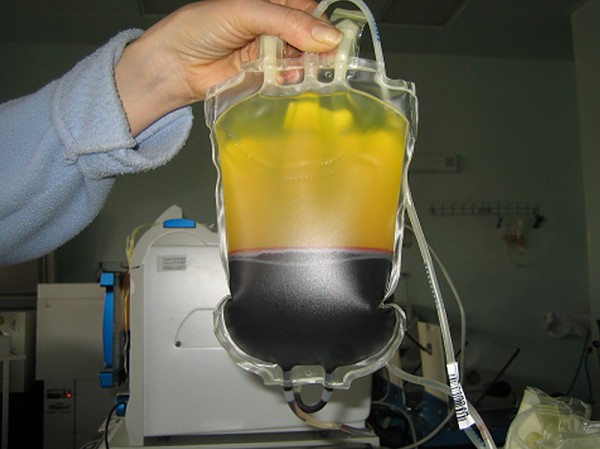Learning aims: |
|
Students should be able do describe where blood is taken, who works at a transfusion center and what qualifications they are required to have. |
Materials: |
|
The Internet, professional literature |
Suggestions for use: |
|
Before the study visit, ask students what work they think is done at the center. Then ask them to write down questions they would like to ask the staff to get complete information (based on their search on the Internet, activity 1 and 2). Each student should prepare at least two questions. The size of group as well as the time of the excursion should be arranged with the staff of the transfusion center beforehand. The visit can be repeated with small groups. Alternatively, if the study visit is not possible, a member of the transfusion center staff and/or a representative of a company producing or selling aids for blood transfusion can be invited to school to demonstrate some aids used in taking and storing blood. More sophisticated equipment can be presented by means of short video recording
1. Disposable sterile blood taking set 2. Blood taken with anti-clotting agent
3. Bags with taken blood in a separator 4. Three constituents of blood separated by separator
5. A press for separating individual blood constituents 6. Equipment for separating individual blood constituents Source of pictures 1 - 6: http://www.ntssr.sk with agreement of National Transfusion Service in Slovak Republic Following the meeting with a member of transfusion center staff students should be aware of the fact that saving a human life by blood transfusion requires thorough preparation. First of all, there has to be enough blood donors that are healthy and of a specified age. Donated blood is not given directly from one person to another but must be examined, processed and stored until it is used. Blood is a live organ and must not get in contact with the environment. All instruments and aids must be sterile. Material they are made of must also be sterilised. Blood is not given to a patient as a whole but its constituents are separated. A separator is used to do this. Different constituents are stored by cooling or freezing at very low temperatures.
Photography: Henrieta Kampeová Also, inviting the mobile transfution unit to school proved to be an excellent alternative. |
Possible questions: |
|






